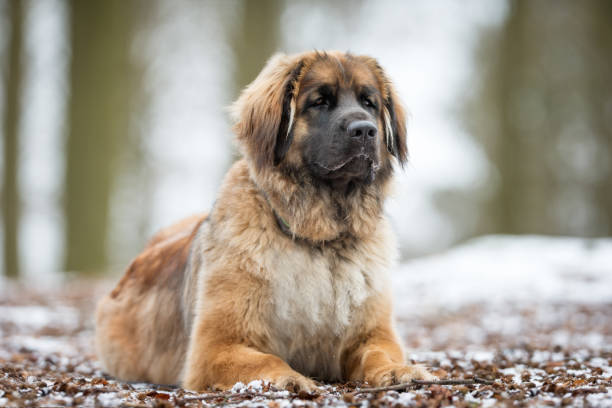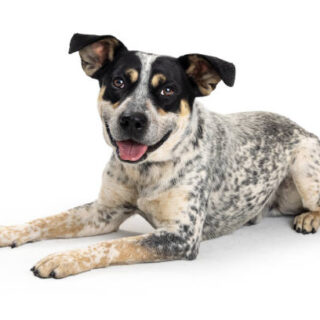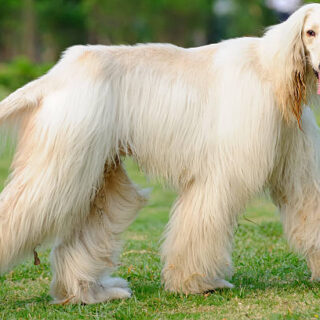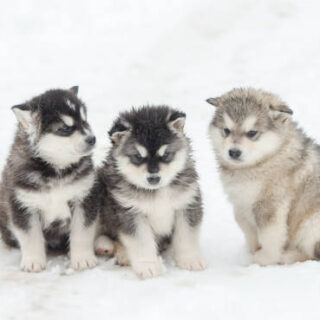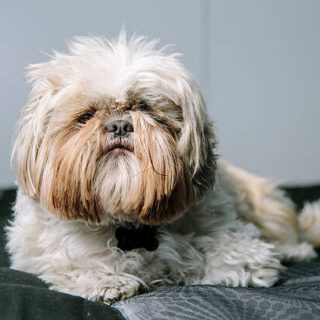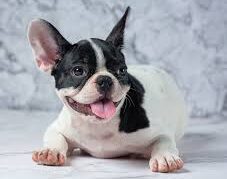Your cart is currently empty!

Single Product
Leonberger
Leonberger Leonberger: The town of Leonberg in Southwest Germany has on its crest the dog that was created there in 1840 by the mayor, Heinrich Essig. He was helped by the monks of St Bernard who had crossed their St Bernards with Newfoundlands and this cross was the basis of the new breed. It is…
Description
Leonberger
Leonberger: The town of Leonberg in Southwest Germany has on its crest the dog that was created there in 1840 by the mayor, Heinrich Essig. He was helped by the monks of St Bernard who had crossed their St Bernards with Newfoundlands and this cross was the basis of the new breed. It is thought that there was also an infusion of Pyrenean Mountain Dog blood. Essig wanted to create a dog of leonine appearance to match the lions on the town’s heraldic crest. Selectively bred for the red and fawn coats, the breed does have a leonine quality about it.
The Leonberger was originally used as a guard dog but has now gathered legions of devotees because of its gentle and affectionate temperament.
General appearance 0f Leonberger
Large, strong, muscular yet elegant. Confident, calm and lively. Males in particular should be powerful and strong.
Characteristics
Amenable, intelligent and fearless companion; distinguished by his friendliness.
Temperament
Self assured and playful. Neither timid nor aggressive.
Head and skull
Head in balance with body and limbs. Strong but not heavy, elongated rather than stocky. Proportion of muzzle to skull equal. No wrinkles. Skull in profile and seen from the front slightly arched. The back part of the skull not substantially broader than at the eyes. Medium stop. Nose black. Cheeks only moderately developed, muzzle moderately tapered but never snipy. Nasal bridge of even breadth and slightly arched (roman nose).
Eyes
Neither deep set nor protruding, of medium size. Oval in shape with kind expression. Medium to dark brown in colour. Eyelids close fitting, showing no haw.
Ears
Set on high and not too far back, pendant, medium sized, hanging close to the side of the head, fleshy with rounded tips, well feathered.
Mouth
Strong jaws with perfect, regular and complete scissor bite, level bite tolerated. Teeth evenly placed and vertical in the jaw, with complete dentition. No constriction of the canines in the lower jaw. Lips close fitting, black, corner of lips closed.
Neck
Strong, flowing into the withers in a slight arch, without throatiness. Moderately long, no dewlap.
Forequarters
Shoulders well laid, elbows close fitting. Forelegs straight, well boned and not too close. Shoulder and upper arm long, sloping and well muscled. Pasterns strong, firm and straight when seen from front, almost vertical seen from side.
Body
Height at the withers to length of body in ratio of 9 to 10 (measured from point of shoulder to point of buttock). Depth of chest approximately 50% of height at withers, which should be pronounced, especially in males. Moderate forechest. Chest broad, deep, reaching at least to the elbows. Oval, not barrel chested. Back firm and straight with broad loins, strong and well muscled. Moderately sloping croup with relatively long, broad rump, gently rounded. Rump never higher than withers. Slight tuck up.
Hindquarters
Legs set not too close together and parallel when seen from rear. Well muscled, long, slanting upper thigh. Moderate bend of stifle. Hocks strong, angle between lower thigh and rear pastern well defined, turned neither in nor out.
Feet
Tight and rounded with well-arched toes. Front feet pointing directly forwards. Pads black.
Tail
Well furnished, straight, reaching at least to hock. On the move, tail slightly curved, not carried above level of back. Never forming a ring.
Gait/movement
Ground covering, even movement in all gaits maintaining a level topline. Extending well in front with good drive from hindquarters. Seen from front and behind, legs move in a straight line when walking or trotting.
Coat
Double coated, medium soft to harsh, fairly long, close fitting. Never with a parting and not obscuring the outline despite the thick undercoat. Straight or slight wave permitted. Mane on neck and chest, especially in the males. Distinct feathering on front legs and ample breeches on hindlegs.
Colour
Lion gold, red, reddish brown, sandy (fawn or cream) and all combinations in between, always with a black mask. Black hair tips are permitted. Black must not dominate basic colour. Lighter colour on underside of tail, mane, feathering on front legs and breeches on hindlegs normal, but must not be pronounced. A small white patch or stripe on the chest and white hair on the toes tolerated.
Size
Height at withers: dogs 72-80cms (28¼-31½ ins); bitches 65-75cms (25½ -29½ ins).
Faults
Any departure from the foregoing points should be considered a fault and the seriousness with which the fault should be regarded should be in exact proportion to its degree and its effect upon the health and welfare of the dog and on the dogs ability to perform its traditional work.
Note
Male animals should have two apparently normal testicles fully descended into the scrotum.
